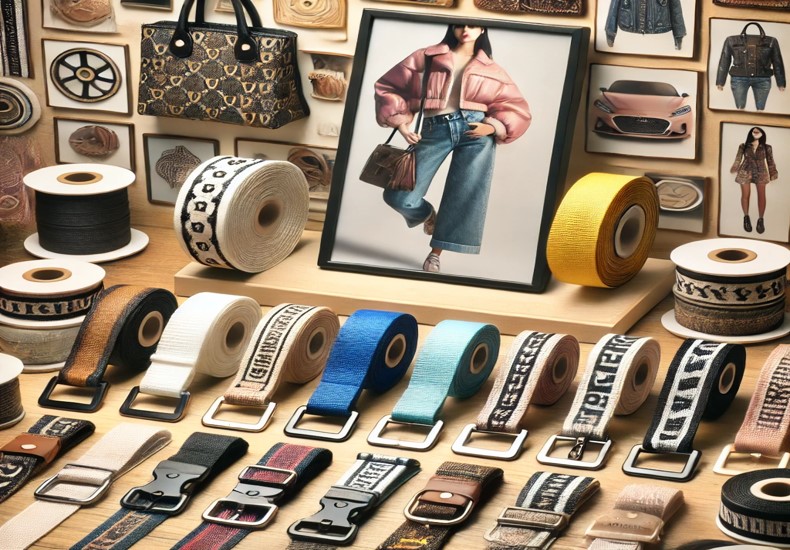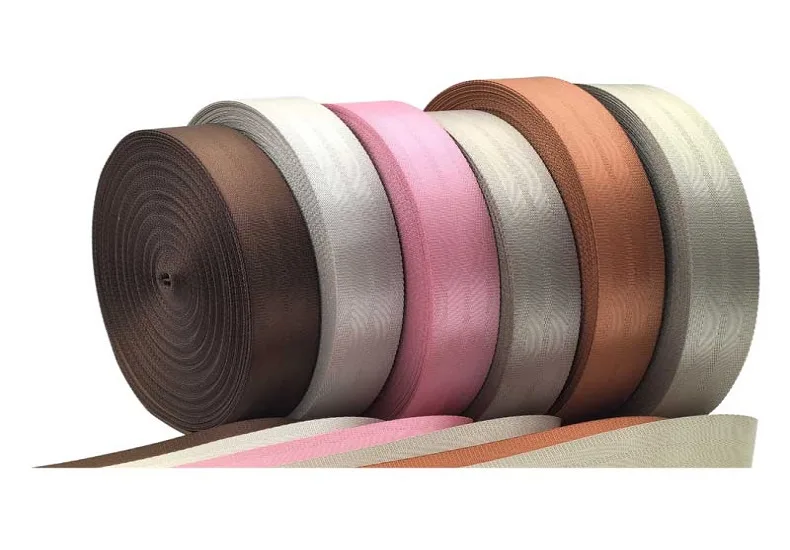
Purse straps may seem like a minor detail in the world of fashion, but they play a crucial role in both functionality and style. Over the years, the materials used for purse straps have evolved, with webbing emerging as a popular choice due to its strength, versatility, and aesthetic potential. What was once primarily a utilitarian component has now become a defining fashion statement.
Webbing first started in heavy-duty applications such as military gear, parachutes, and seatbelts due to its durability and toughness. Traditionally made of cotton, jute, or linen, webbing provided a tough and durable alternative to leather or rope straps. With industry development, synthetic fibers such as nylon and polyester made webbing production more popular, with improved resistance to wear and tear, water, and extension.
It was not long before webbing became attractive to fashion designers because of its accessory potential. Practical and light in weight, webbing straps started appearing on utility bags, backpacks, and messenger bags. Their mainstream debut was largely propelled by street and outdoor fashion styling embracing functional, rough-around-the-edges trends.
By the late 20th century, purse strap webbing was gaining popularity more than utility bags. Fashion designers recognized its comfort and flexibility potential and hence started using it in high-fashion and daily handbags too. Webbing differs from the conventional leather straps as it is light, adjustable, and available in all colors and patterns. These features made it a desirable choice for contemporary brands that wanted to offer fashion-forward yet practical options.
High-end fashion companies soon picked up on webbing straps, infusing big logos, monogram prints, and complex designs into their purses. They redefined the look of webbing by blending it with leather accents, metallic hardware, and high-quality craftsmanship. Instead of being utilized as a functional item, webbing now served as a fashion element that added a modern, sports-inspired aesthetic to purses.
One of the main reasons webbing for purse straps has become so prevalent is that it is adjustable. Modern consumers are more concerned with personal expression, and webbing just answers that demand. Through the use of different colors, patterns, and materials together, webbing can show all types of styles to meet the demands of different consumers.
In addition, some brands offer interchangeable webbing for purse straps so that the customers can interchange the look depending on clothing or occasion. For example, plain webbing can be combined with different colors or materials, or by altering the webbing design to fit different seasons and styles. This design not only improves the flexibility of the product but also individualizes fashion.

The evolution of webbing for purse straps is far from over. As fashion trends merge function with designer fashion, webbing will continue to remain at the center of fashion accessories in modern times. Innovations in textile technology are paving the way for more environmentally friendly and better-performing webbing materials that will be able to meet the needs of both luxury and general markets.
As fashion keeps developing day by day, webbing straps will most probably be more avant-garde with statement patterns, metallic finishes, and high-tech features such as RFID-blocking technology. Sporty to simple to experimental designs, webbing has proven itself to be one that instantly transitions from plain functional to fashionable.
What began as a purely functional element has transformed into a key fashion statement. Webbing for purse straps has successfully merged practicality with aesthetics, proving that even the smallest details in a purse can make a significant impact. Whether you prefer a bold, sporty look or a sleek and minimalist style, webbing straps offer an exciting and ever-evolving way to enhance your accessories.